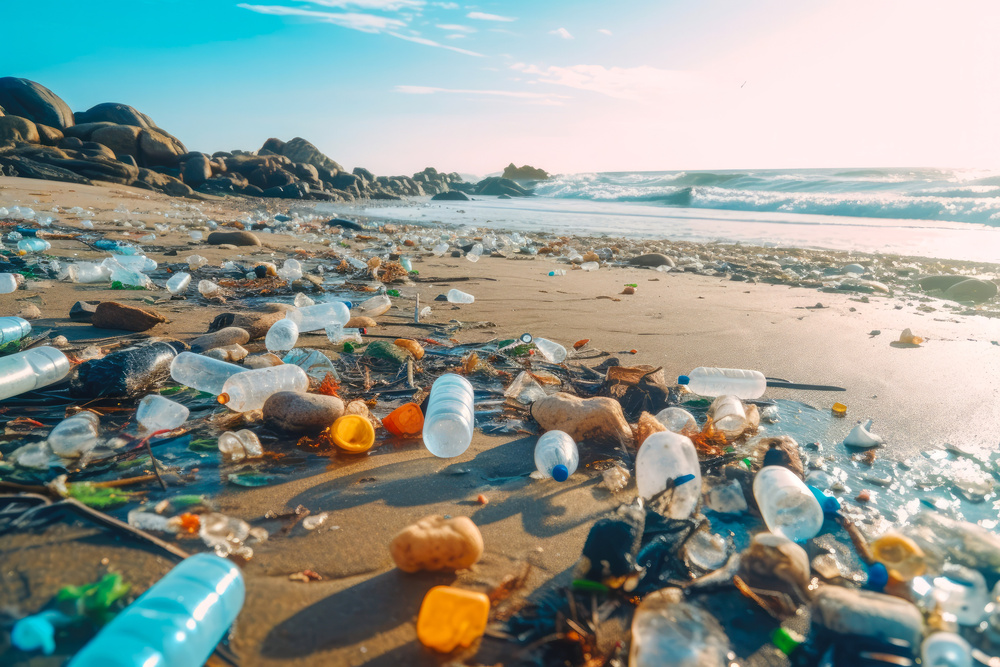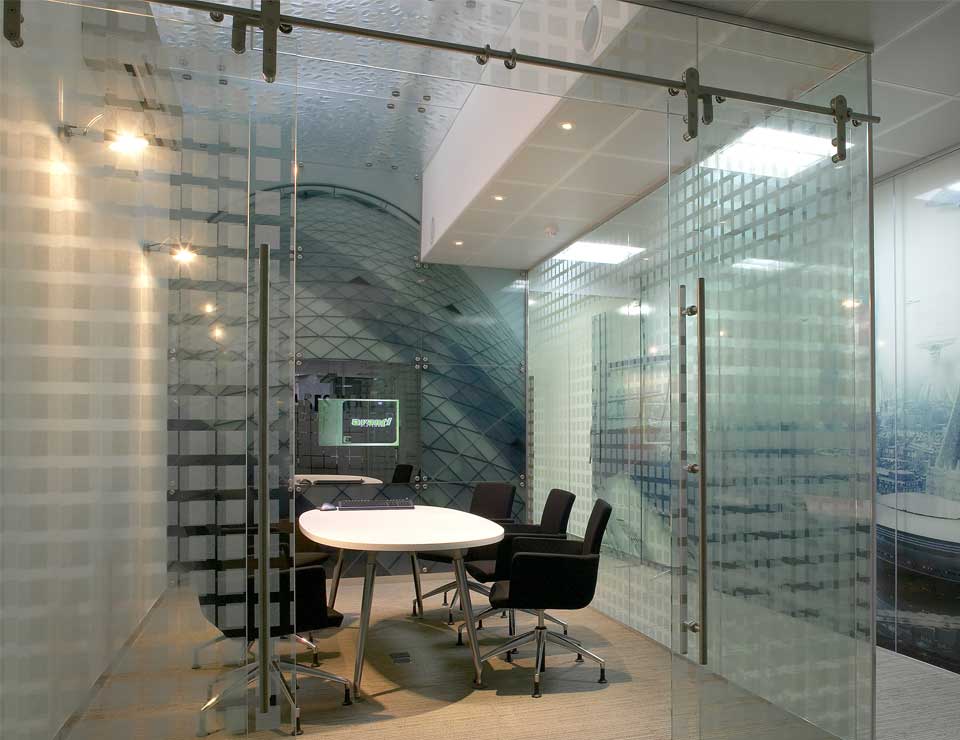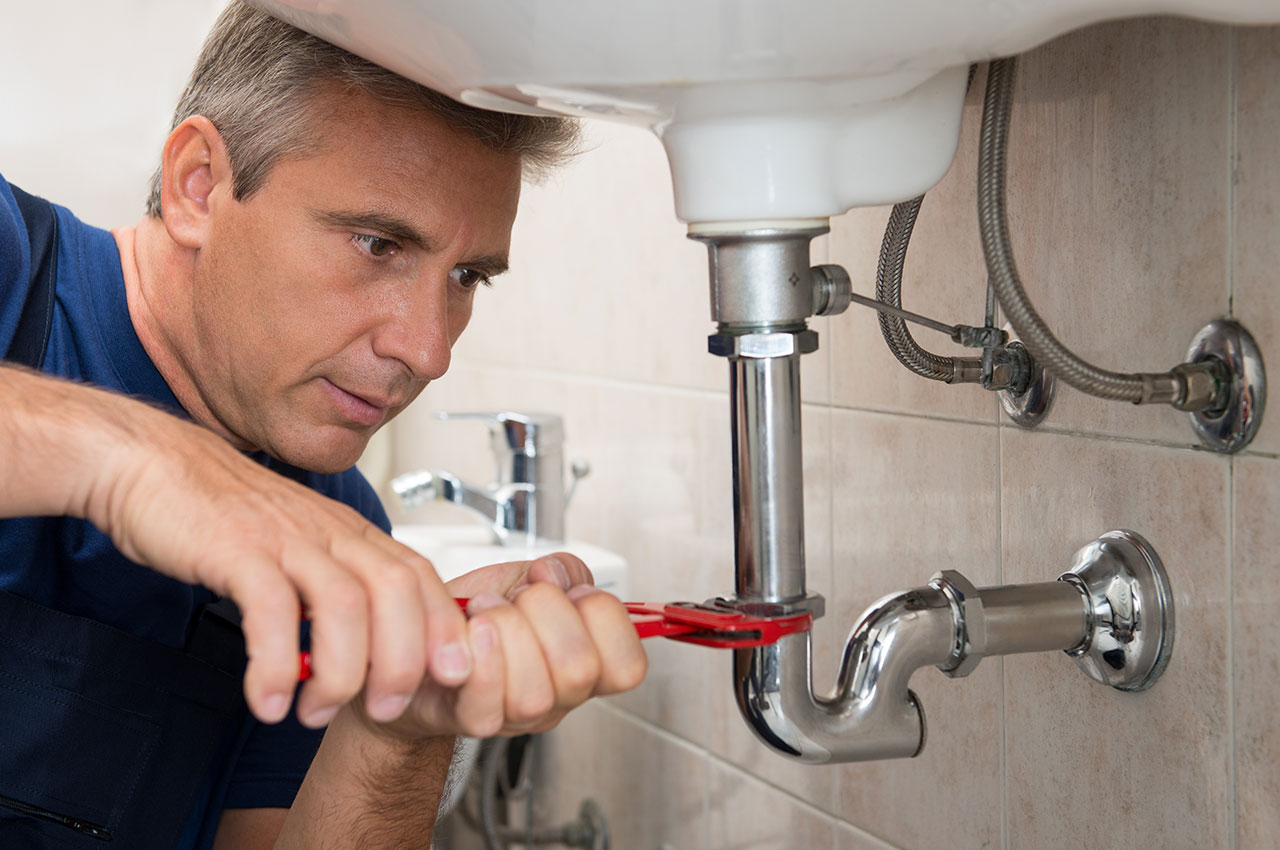The Best Way to Handle Solid Waste Problems Is to Minimize Waste

Every year, it seems like at least a few states implement new laws designed to address problems with solid waste management. Connecticut did just that in late June 2023, enacting a new law proponents say will reduce the amount of solid waste the state ships to out-of-state landfills. Connecticut’s new law also calls for a new disposal infrastructure and institutes expanded organics separation.
There are other changes in the Connecticut law that really don’t merit discussion in this post. By and large, the main goal is to help the state manage solid waste better. That is not a bad idea. In fact, better waste management is always good. But the core issue still isn’t being addressed: human beings produce too much waste.
We cannot help but produce waste. It is an unavoidable part of life. But the best way to handle solid waste problems isn’t to manage the waste more efficiently. It is to minimize the waste as much as possible.
Convenience Is King
Comparing modern life to what our grandparents and great grandparents knew presents quite a contrast. Back at the turn of the 20th century, suburbia did not exist. The middle class was largely unknown. People worked a lot harder just to make ends meet.
Today, life is so much easier. And because it is easier, we now have the luxury of making it more convenient as well. You could say that convenience is king in the 21st century. But guess what? Convenience generates a ton of unnecessary waste. That really is the heart of the problem. Not convinced? Take a good look at plastic.
Single-Use Plastics and Convenience
Plastic pollution is not much of a problem where industrial plastics are concerned. That is because postindustrial plastic recyclers, like Tennessee’s Seraphim Plastics, have worked with manufacturers to create a cost-effective and easy way to turn industrial plastic scrap into new products. But things are different in the consumer plastics world.
What is the biggest problem in consumer plastics? Single-use products. We love our single-use food packages, coffee cups, sandwich bags, and so on. We buy bottled water like it’s going out of style. We buy things online and then sit back and wait for them to be delivered in plastic mailers.
Our obsession with convenience produces a lot of waste. And it is not just plastic waste. Americans throw away tons of food every year. When digital devices break, we buy new ones instead of having the broken ones repaired. When a new line of clothing comes out, we rush to the store to buy it and then rush home equally fast to throw away the old clothes still in the closet.
We Don’t Know How to Fix Things, Either
Convenience’s best friend is ignorance. To be more specific, we throw a lot of things away because we don’t know how to fix them. Fixing has become a lost art. That’s too bad, because learning to fix things ultimately means spending less money and simultaneously reducing the waste stream.
People knew how to fix things back in the early 1900s. As recently as the 1970s, consumers were more likely to repair broken items than buy new ones. We don’t do that anymore. As a result, we throw easily repairable items into the trash.
States will continue passing laws designed to improve solid waste management. They should. But at the same time, managing solid waste more efficiently will not do as much as minimizing the amount we waste. If we could all get together and just stop throwing away so much, managing solid waste would be a lot easier.






